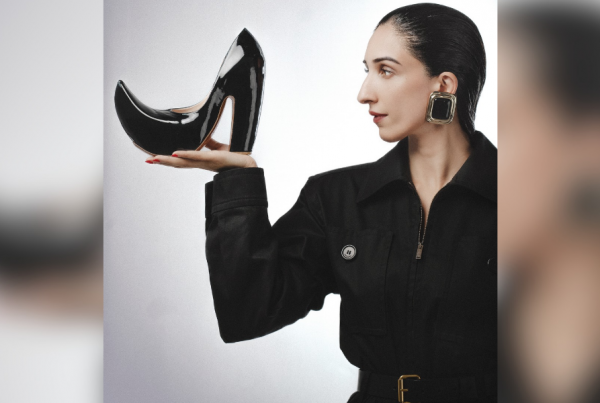Ather Hafeez, considered a veteran in Pakistan’s fashion industry, is one of that rare breed of designers who likes his solitude and privacy and prefers to stay out of the limelight to focus on his craft. His craft, as we know, is heavily influenced and inspired by ethnicity, whether it’s in the form of traditional embroidery techniques or prints that pay homage to ancient architecture. It’s an ethos that works very well for Pakistani fashion so I was intrigued when I found out that Ather had joined textile giant Alkaram and would be bringing his aesthetic to the table, on its way to retail for women all across Pakistan.
From designing for his own label in Lahore to joining Sana Safinaz in Karachi several years ago, Ather joined Alkaram in summer 2017 and his first collection for retail will begin floating in very soon. I met up with him to understand the dynamic of his transitions.
The question on everyone’s mind, Ather, is why you left Sana Safinaz?
My decision was very simply influenced by my health. I was falling ill and I needed to look for an option in which I wouldn’t need to go to Kemari, Landi or Korangi. I wanted to work in the city, closer to home.
For years the industry has been pushing for synergy between textile brands and designers and now that it is happening, what do you think is its biggest value?
The learning experience of working at an organization which has been around for 30 years is priceless. To learn what they went through, how big they are in scale and how they reach out to the public is what’ll help the industry grow.
How does a designer find the balance between commercial feasibility and creativity as that is usually the biggest challenge?
A designer is always carved to think design and innovation but on what scale? As a designer, you do feel the need to contribute your ethos to your collection but to what extent? I think it would be stupid to come into a playing field this big, completely revolutionize designs and lose loyal customers. My way of going about it is to penetrate, go through transition and then offer both.
What would you keep and change as a trademark AlKaram ethos?
I would keep the maturity because there is something very somber about it. That said I would like to add elements that are younger, edgy and upbeat as well. But the ratio of these elements will develop with time, not suddenly.
Do you think the 3-piece suit culture caters to an older woman and the ready to wear to younger girls? Is there an age bifurcation in design?
No, not at all; it is just a mind set. You would see someone young and totally urban wearing a three-piece suit because that’s the requirement of her lifestyle. I know girls who belong to the elite class and dress in a western way but when they visit their grandparents they have to dress accordingly, in an eastern 3-piece outfit. When I design I keep these characters in mind. There is nothing wrong with wearing a 3-piece; it’s a requirement, it a part of everyone’s wardrobe and why not?
What was the biggest challenge for you in Al-Karam?
When I joined I felt there are some rules that needed to be dissolved. Like when you work for a mill brand they have a certain way of sampling color variants. If one is from the primary palette the other has to be from the pastel palette but I convinced them to break those rules and I’m glad that they agreed and embraced my ideas.
When can we expect to see your new collection?
You will see my collection in Summer ’18 but that’s a transitional collection. By July you will most likely see what we have targeted.
Will we be able to see your signature ethnic touch in your work?
I think every designer evolves with time. Ethnicity has always been a part of my design ethos but it has changed in the last 8 years and what you’ll see is a redefined version.






